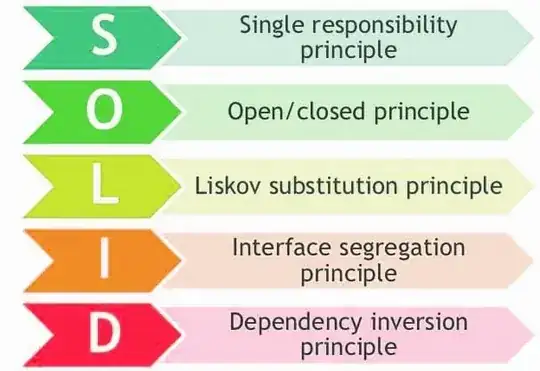Liskov Substitution Principle basically does not let you to overuse implementation inheritance: you should never use inheritance just for code reuse (there is composition for this)! By adhering to LSP, you can be pretty sure that there actually exists a "is-a relationship" between your superclass and your subclass.
What it says is that your subclasses must implement all of the methods of the subclass in a similar way to the implementation of the methods in the subclass. You should never override a method with implementing NOP or return null when the supertype throws exception; stated in Design by Contract terms, you should respect the contract of the method from the superclass when overriding a method. A way to defend against breaking this principle is by never overriding an implemented method; instead extract an interface and implement that interface in both classes.
Interface Segregation Principle, Single Responsibility Principle and High Coehsion Principle from GRASP are somehow related; they refer to the fact that an entity should be responsible for only one thing so that there is only one reason for change so that change is done very easily.
It actually says that if a class implements an interface then it must implement and use all those interface's methods. If there are methods that ar not needed in that particular class, then the interface is not good and must be splitted into two interfaces one that has only the methods needed by the original class. It can be regarded from a POV, that relates to the previous principle by the fact that it does not let you create large interfaces so that their implementation could break LSP.
You can see Dependency Inversion in the Factory Pattern; here both the high-level component (the client) and the low-level component (individual instance to be created) depend upon the abstraction (the interface).
A way to apply it in a layered architecture: you should not define an interface to a layer in the layer that is implemented but in the module that is called. For example the API to the data source layer should not be written in the data source layer but in the buisness logic layer, where it is needed to be called. In this way, the data source layer inherits/depends on the behavior defined in the buisness logic (thus the inversion) and not vice-versa (as would be in a normal way). This provides flexibility in the design, letting the business logic work without any code change, with another entirely different data source.
